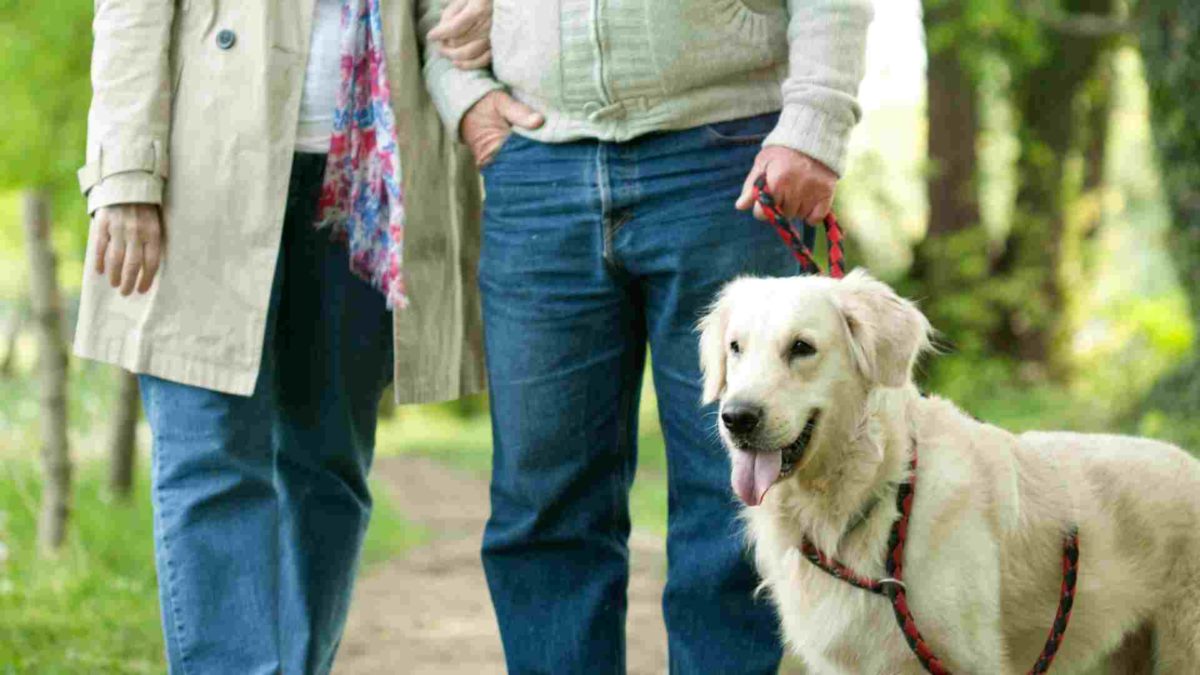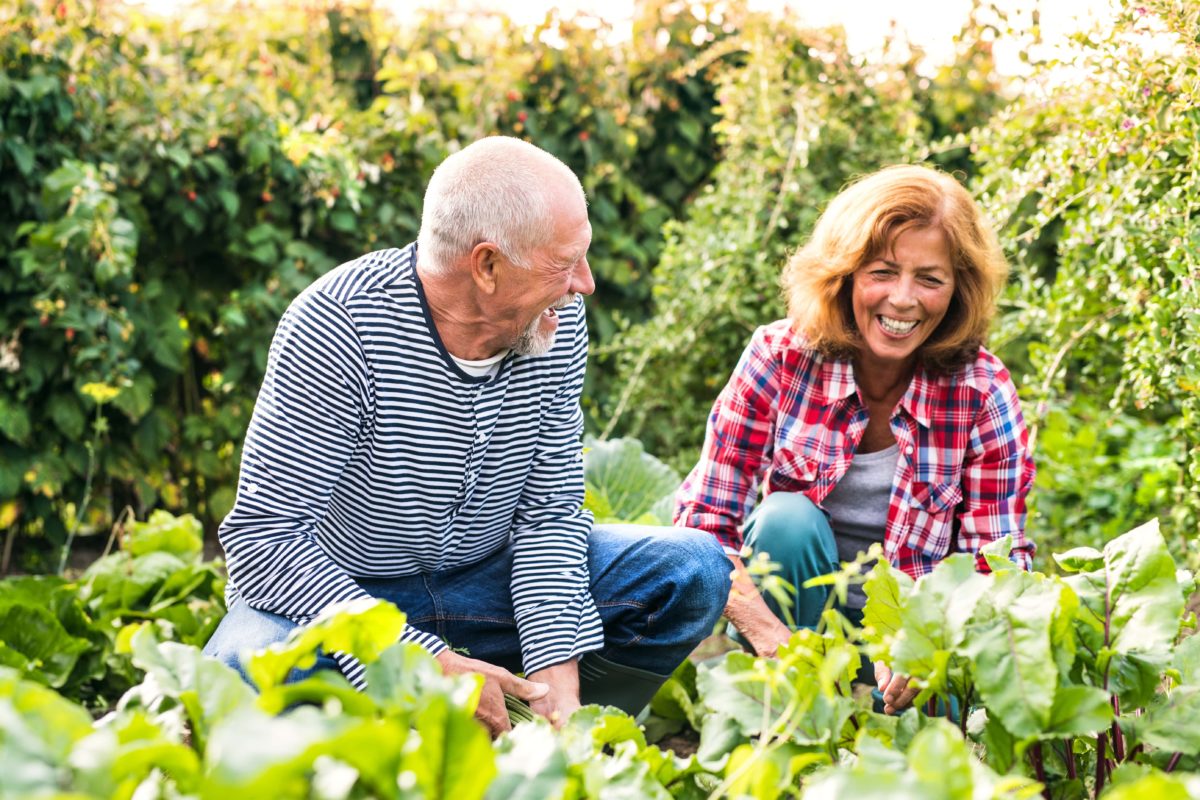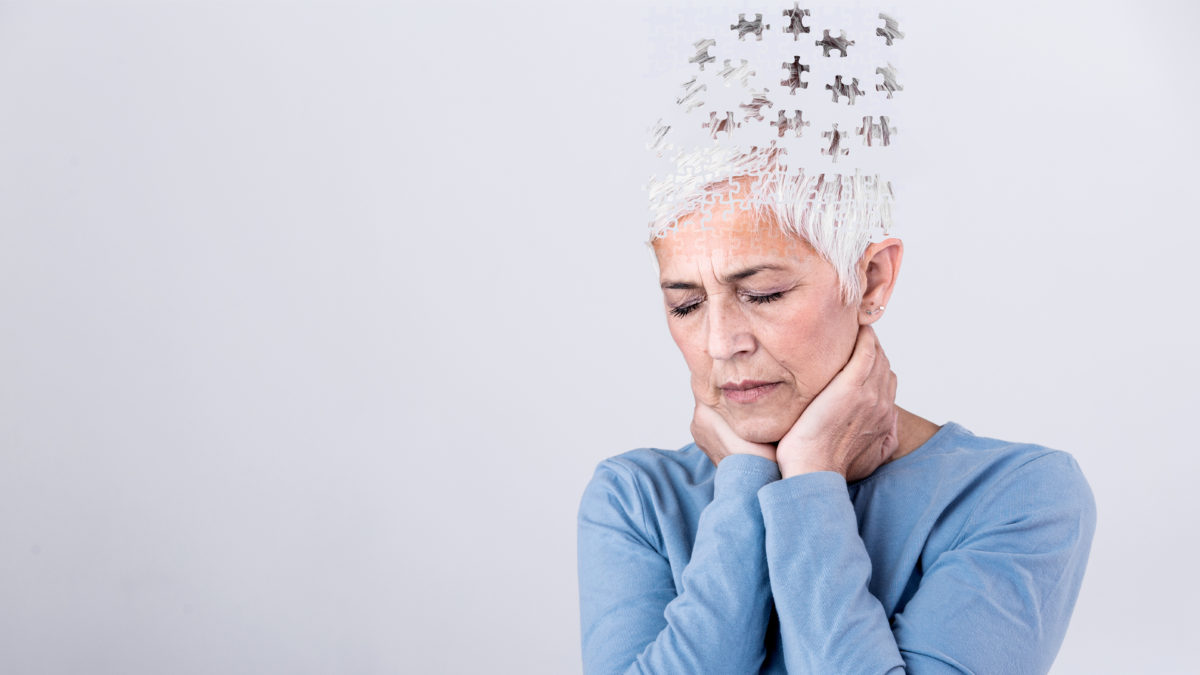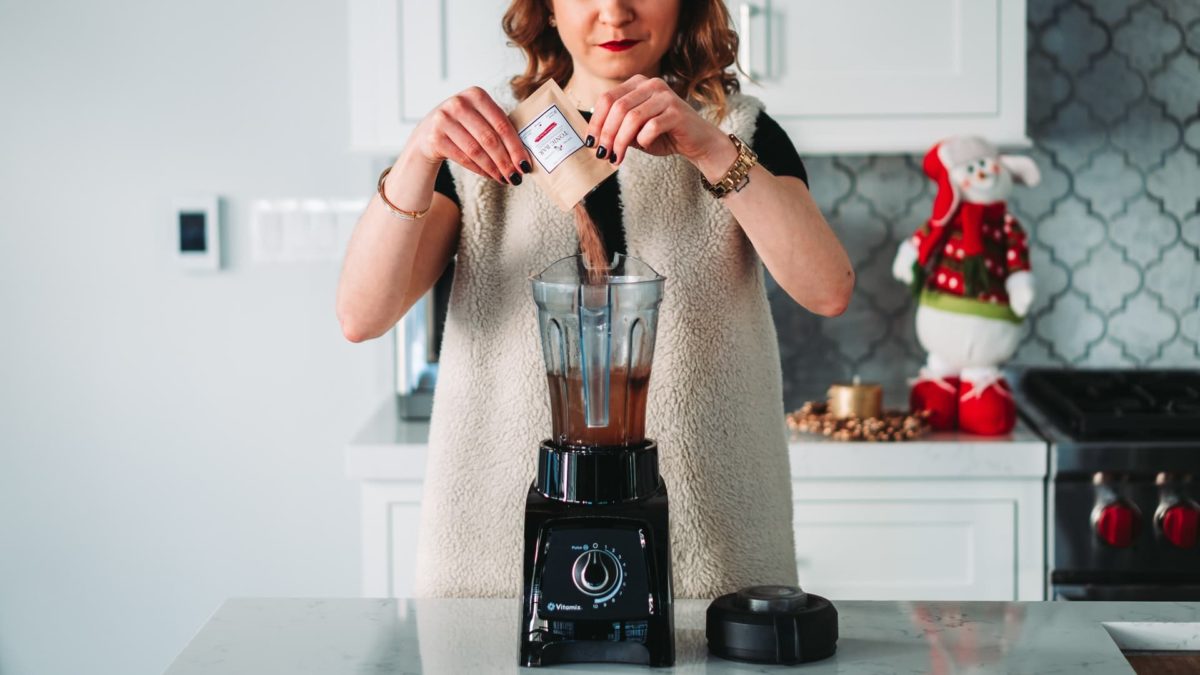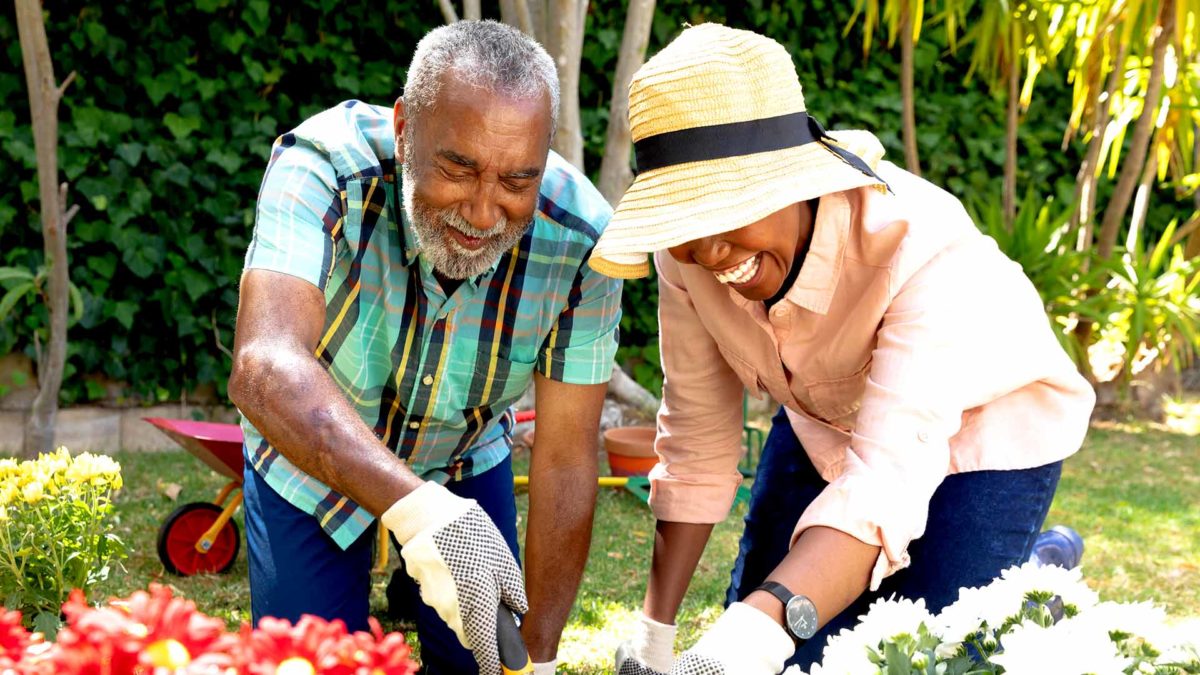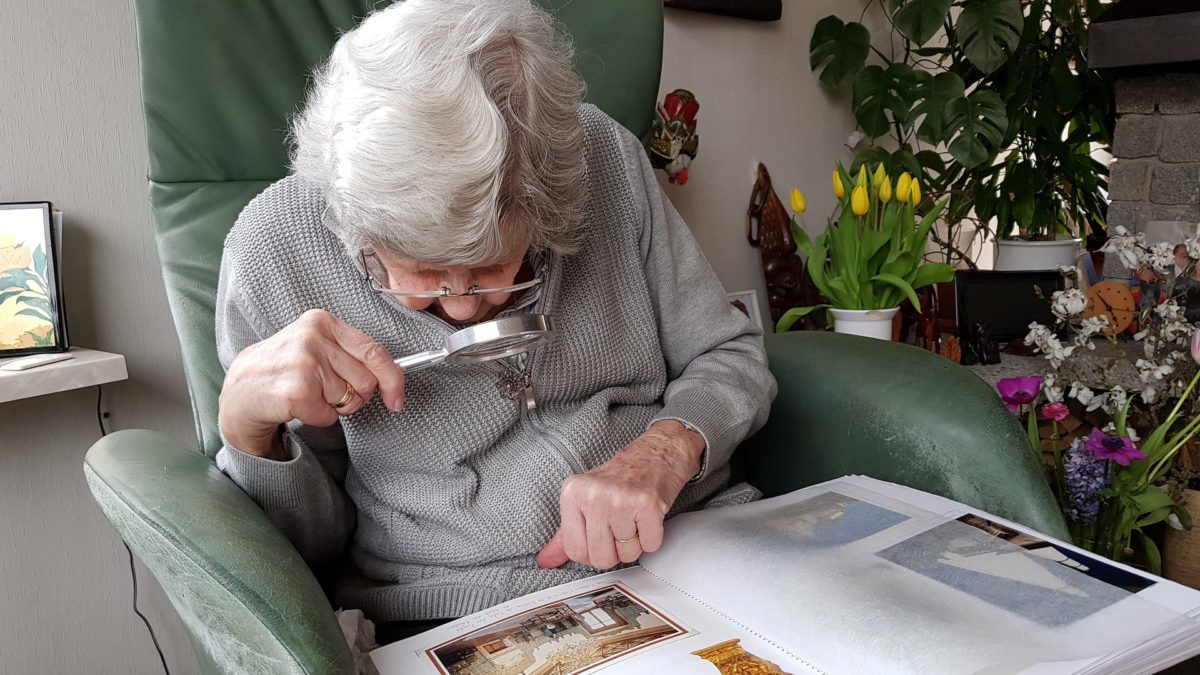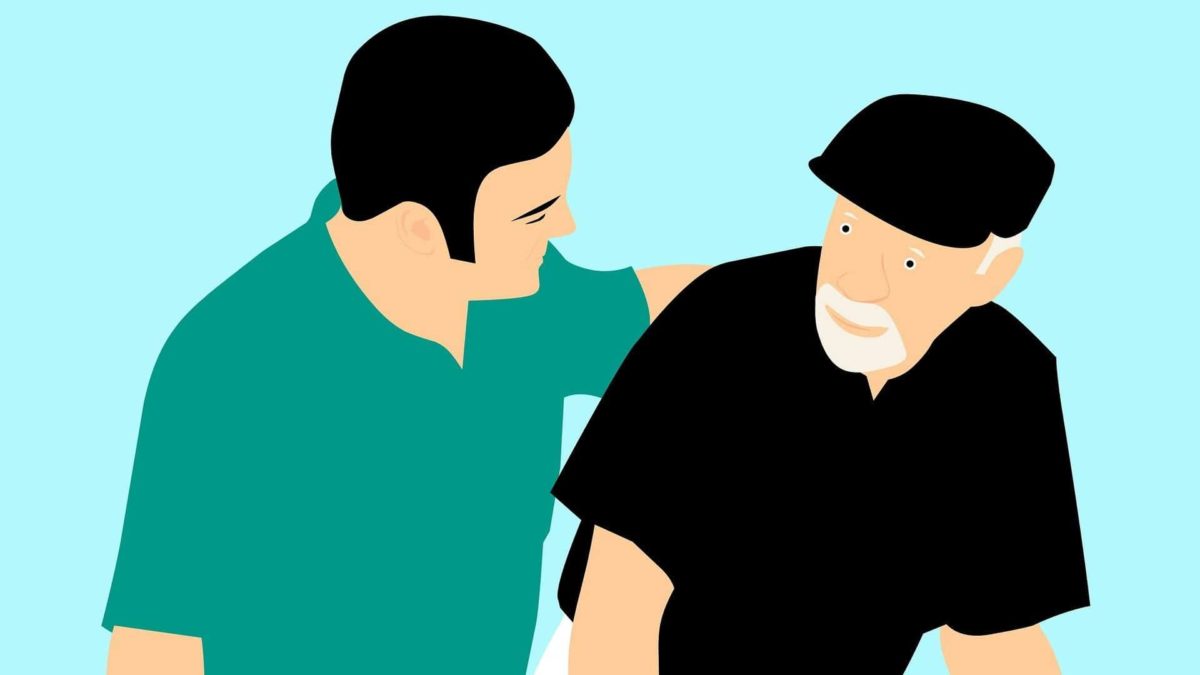Pets offer us many benefits as we age – companionship, exercise, and the delight that comes from taking care of another living thing. Though there isn’t extensive research on the direct correlation between pets and human health, it is undoubted that the little creatures can promote senior people’s wellbeing and quality of life.
Having a pet can surely lower your level of anxiety, and lessen depression and feelings of isolation (Senior Isolation). Choosing a pet that matches your energy level and lifestyle becomes very important in this case.
In today’s topic, we are going to introduce you to a variety of pets – from pets that require a moderate level of energy to keep up with, to mellows pets that suit your laid-back lifestyle. Let’s get started!
Best Pets for Seniors
Dogs
Dogs make excellent lifelong friends for people of all ages, and they’re especially great for those in later years. Most of the best dog breeds for the elderly are those that are low-maintenance, small in size, and require less activity. Here are a few dog breeds recommended for seniors to have:
1. Bichon Frise
As a playful yet affectionate dog, the Bichon Frise has earned its reputation as an excellent all-purpose companion. They are, in genera,l very low maintenance, however they do need to go to the groomer on a regular basis so their fur doesn’t tangle.
Bichons are also known for their gentleness and cuddliness, making them ideal for elderly persons living in apartments and retirement communities.
2. Pug
Who can resist the gaze from a pair of big, innocent, and emotionally expressive eyes? Pugs are one of the most sweet-natured and kindest dogs among all breeds. They are small, loving, and match the energy level of most seniors.
Pugs learn tricks fast and love food, so you never need to worry about wasting too much time training them.
Pugs are also suitable for living in a long-term care home, since they don’t bark a lot, and spend at least half of their day sleeping.
3. Miniature Schnauzer
Miniature Schnauzers are another popular dog breed for seniors. They require less attention, don’t shed much, and don’t need to be constantly groomed.
Given their compact size, they are easy to be carried around, and they make great companions for both seniors and children. So, if your grandchildren constantly visit your place, a miniature schnauzer would be their new best friend.
4. French Bulldog
French bulldogs are the most cheerful dogs among all breeds. They are small, muscular, and active. However, they are easy to handle given their intelligent and understanding nature. They are especially great for seniors who like to dress up their dogs.
As a result, French Bulldogs are excellent companions for elderly people with limited mobility or anyone who simply prefers a slower pace of life.
-
Cats
If you want a friend who doesn’t need to be walked every day, cats arw a wonderful choice. Cats are more predictable and are generally more happy staying indoors. Also, cats don’t make a lot of noise and require less medication than dogs, meaning they are suitable for anyone who just wants a companion and is not willing to spend much time taking care of their pets.
Different breeds have different personalities; some are independent, while some prefer to stick close to their human. Some need a lot of grooming, while some are relatively low maintenance. Here are three cat breeds that are very welcomed by seniors:
1. Ragdoll Cat
Because of its laid-back characteristics, Ragdolls are an excellent choice for seniors.
Ragdolls are well-known for their friendliness, making them a good option for elderly people who are looking for a pet to get along with their family and caregivers easily.
Note that Ragdolls are larger than common cats, and as a result, may need additional living space and a big litter box. If you have a small and crowded living space, a Ragdoll may not be the best choice.
2. Russian Blue
A good temper, intelligence, and loyalty have made the Russian Blue a popular breed among cat owners. They are suitable for people who prefer low activity since the most they want from a human is companionship. Even though Russian Blues are shy around people, once they build strong ties with their owner, they become very sensitive to the owner’s emotions and feelings.
3. British Shorthair
As one of the oldest recognized cat breeds, British Shorthair cats are very commonly presented as domestic cats in many families. They are very relaxed and independent, and not so active, making them good for seniors and beginners.
British shorthairs are very kind, loyal, and loving. They are independent by nature so don’t worry about sticking with them all the time. The only health problem of British Shorthairs is that they are prone to obesity, so feeding them right and watching their weight becomes very important.
-
Fish
Most pet fish are extremely low maintenance and don’t require much investment. All you need is a small freshwater aquarium, a filter, an air pump, lighting, and some fish food to have them. Freshwater fish are less expensive and easy to care for than other types of pet fish. Watching your fish can calm you down and improve your mood, meaning it is especially beneficial for people with high blood pressure and heart diseases to keep pet fish. Here are some aquarium fish for beginners to have:
1. Goldfish
Goldfish are very good beginner pet fish to keep since they are very resilient and easy to care for. They eat vegetables, algae, and other foods high in carbohydrates and low in protein. Note that goldfish tend to grow very large so it’s better to purchase a larger tank that has extra space for them to live.
2. Betta Fish
Beta Fish are pretty, small, and very beginner-friendly. Betta fish have very vivid coloration and beautiful fins. Although they don’t require complicated caring procedures, Betta Fish should be kept in high-quality water, so make sure to use a good filter and water conditioner before you put your little fish in there.
-
Rabbits
If you want a quiet, fluffy little animal to be your companion, get a rabbit! Just like dogs and cats, rabbits can be used for animal therapy, too. Taking care of a pet rabbit can help lower high blood pressure and potentially delay some dementia symptoms. Also, believe it or not, rabbits can bond with humans and can be litter trained. So, if you just moved into a downsized home, but still want to have an animal to build connections with, a rabbit would be a perfect choice. Holland Lops, Rex, and Mini Lops are all small-sized, calm-tempered, and easily cared for rabbits to have as pets.
References:
https://www.thesprucepets.com/best-dog-breeds-for-seniors-4138298
https://www.senioradvisor.com/blog/2015/05/best-pets-for-seniors/
https://www.hepper.com/best-cats-for-seniors/

